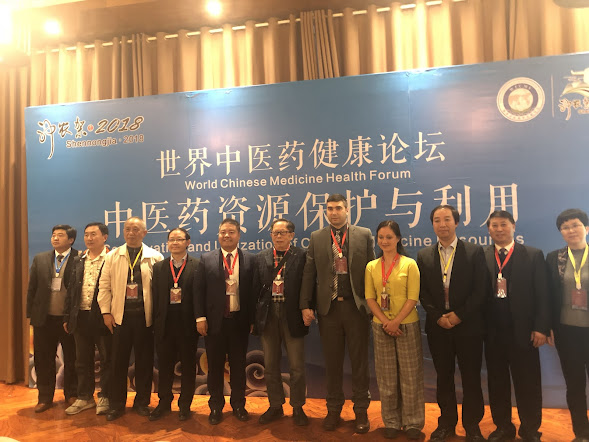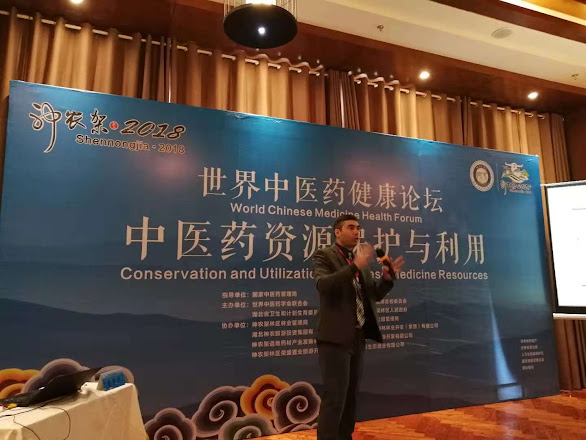This year I was invited to speak at the World TCM Wellness and Health Preservation Shennongjia Forum held in Shennongjia, from October 12-15. Shennongjia in Hubei province, is the home of Shennong (The Divine Farmer), one of the legendary three mythological rulers of China, the other two being Fu Xi and Huang Di (Yellow Emperor).
The topic of my speech was: “Maintaining Environmental Awareness when Harvesting Wild Herbs: Key concepts for the development of the herbal trade, while preserving the wild flora and fauna”
We took a few photos with my friends and colleagues.











Comments